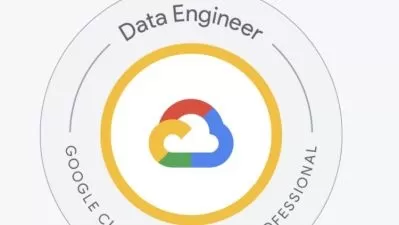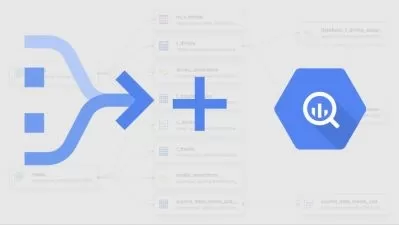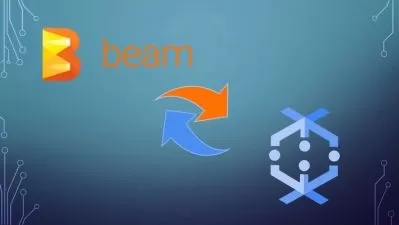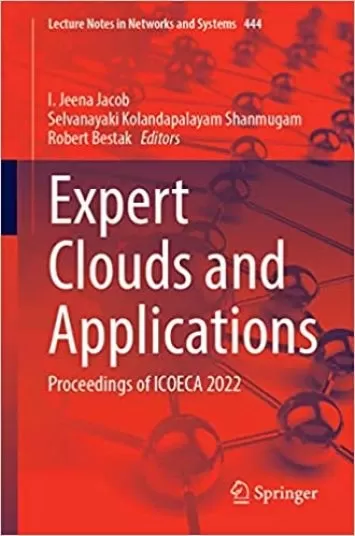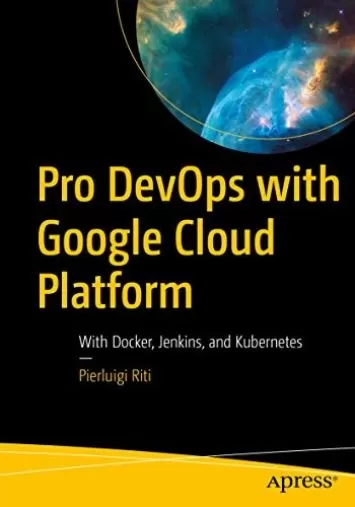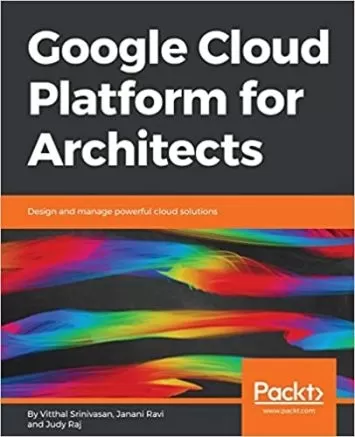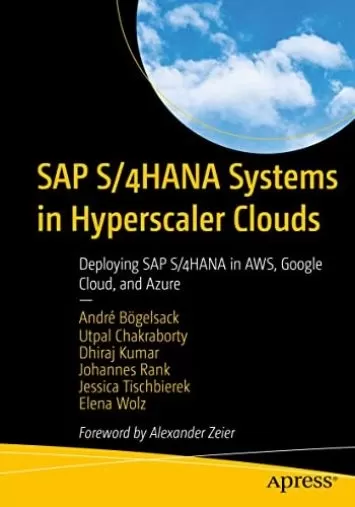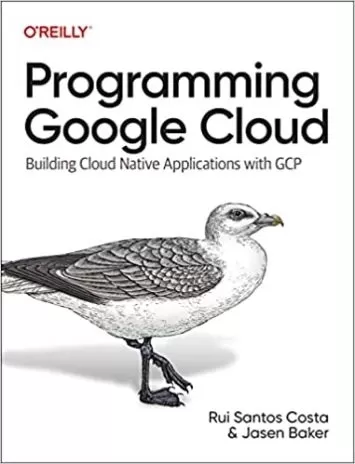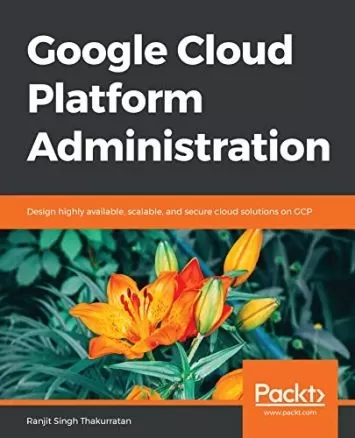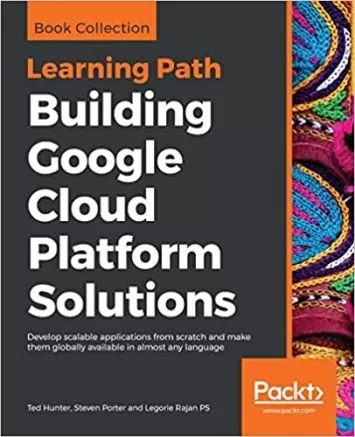About Google CloudLearn More
The Google Cloud Platform is a suite of cloud-based services designed to help teams collaborate fast and innovate freely. Google Cloud services include intuitive management tools, as well as modular services for machine learning, AI, and data analytics applications.
Sort by:
Sorting
The newest
Most visited
Course time
Subtitle
Filtering
Courses
Subtitle

Pluralsight


Janani Ravi
Streamlining API Management Using Google Apigee 1:52:08
English subtitles
11/03/2024
Subtitle

Linkedin Learning


Julio Appling
Google Workspace Administration: Management and Reporting 1:44:28
English subtitles
09/17/2024

Linkedin Learning


Lynn Langit
Google Cloud Platform for Enterprise Essential Training 3:41:35
09/08/2024
Subtitle

Linkedin Learning


Sharon Bennett
Google Cloud for Azure Administrators 1:12:08
English subtitles
09/08/2024
Subtitle

Linkedin Learning


Frank P Moley III
Cloud Native Projects: GCP Serverless 1:12:57
English subtitles
09/01/2024
Books
Frequently asked questions about Google Cloud
Released in 2008, the Google Cloud Platform is Google's cloud computing service. Internally, Google uses the Google Cloud for resource-intensive solutions such as Gmail, Google Search, YouTube, and file storage. Businesses, programmers, and hobbyists can use Google Cloud to develop their infrastructure and applications. Google Cloud is a direct competitor to services such as Amazon Web Services and Microsoft Azure. It frequently gets used for technology such as data analytics and machine learning. On the Google Cloud, services can be virtualized and deployed with extreme scalability — and services are charged based on the resources used, rather than a flat fee. Several services fall under the Google Cloud platform: computing services, storage, databases, networking, big data, cloud AI, management tools, identity and security tools, IoT technology, and API platforms.
Google Cloud is a server-less cloud computing environment. The necessary skills to use Google Cloud depend on the applications that will get run on the cloud. If launching an application on the cloud, a developer would first know how to write an application. If starting a network infrastructure on the cloud, developers need to understand how to develop their infrastructure. Google Cloud facilitates cloud computing tasks through Cloud Shell, Compute Engine, Cloud Storage, and Cloud CDN. But the basics of these technologies should still be understood before the Google Cloud environment is leveraged. Those already familiar with data storage and management, virtualization, network infrastructure, and cloud-based environments will not find it difficult to acclimate to Google Cloud.
Google provides over a hundred services through Google Cloud, the most popular being: App Engine, Virtual Private Cloud, Cloud Storage, BigQuery, and Cloud IoT Core. App Engine is a platform-as-a-service solution that can deploy applications written in everything from Java to PHP. Virtual Private Cloud is a VPC server that can manage large networks of cloud resources; it gets augmented with Cloud CDN, Cloud Load Balancing, and Cloud DNS. Cloud Storage and Cloud SQL work together to provide unstructured and structured data storage, while BigQuery is an enterprise data warehousing solution for big data analytics. The Cloud IoT core has seen significant usage in recent years due to the proliferation of IoT (Internet of Things) devices.
Cloud computing is the delivery of on-demand computing resources over the Internet. These resources include data storage, processing power, applications, physical servers, virtual servers, development tools, networking capabilities, and more. Cloud computing platforms help businesses build their complete infrastructure in a distributed fashion on the Internet instead of in their in-house data center. This offloads the costs of maintaining a company's own infrastructure to a cloud provider who will bill for only what they use. Cloud platforms offer elasticity to a business so that they can scale services based on workload. Virtualization in a cloud environment enables cloud platforms to provide more value by dividing physical hardware into virtual devices. The distributed nature of the cloud gives every user a low-latency connection, whether at the office or on the road.





